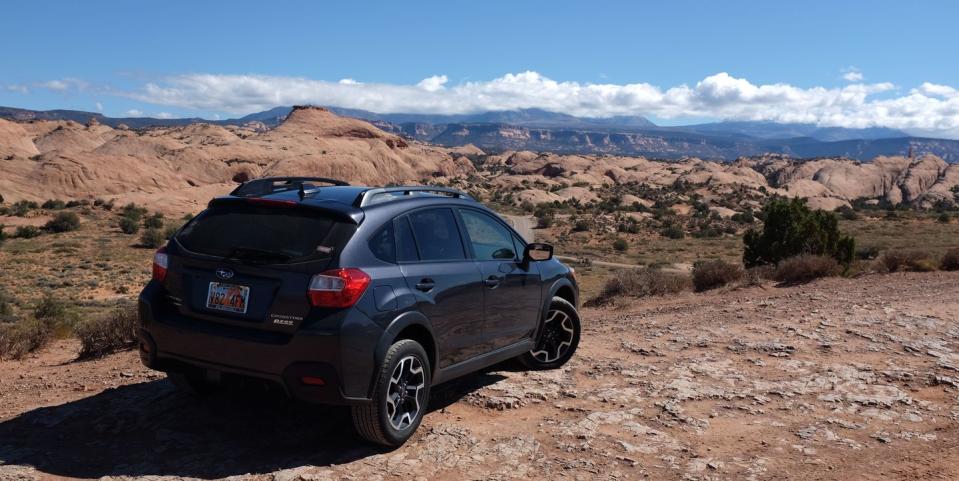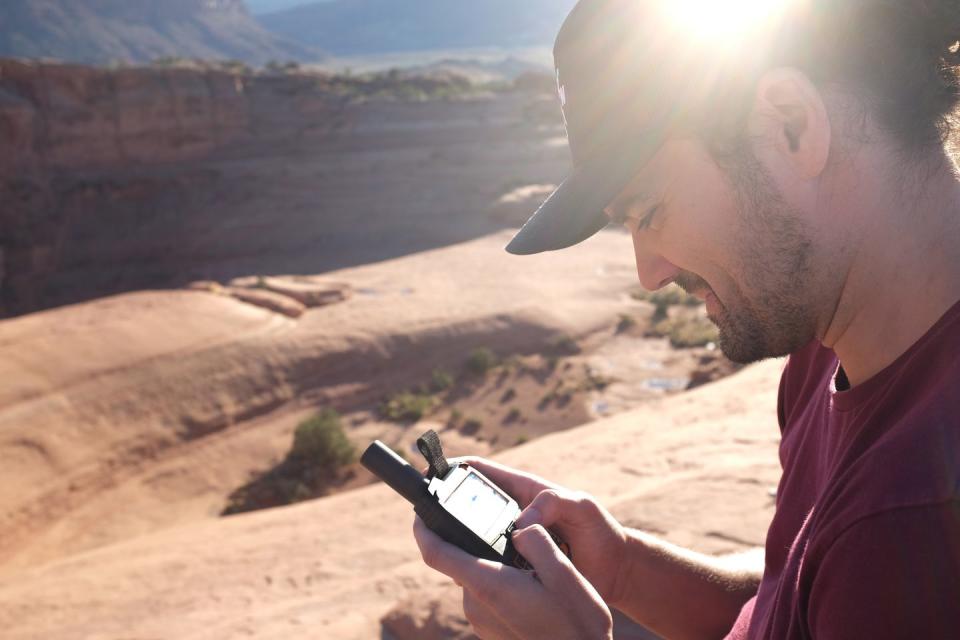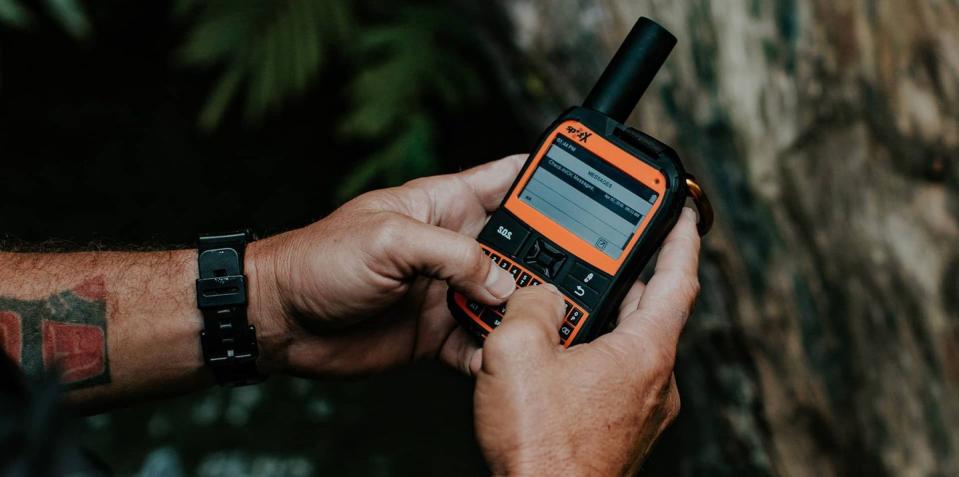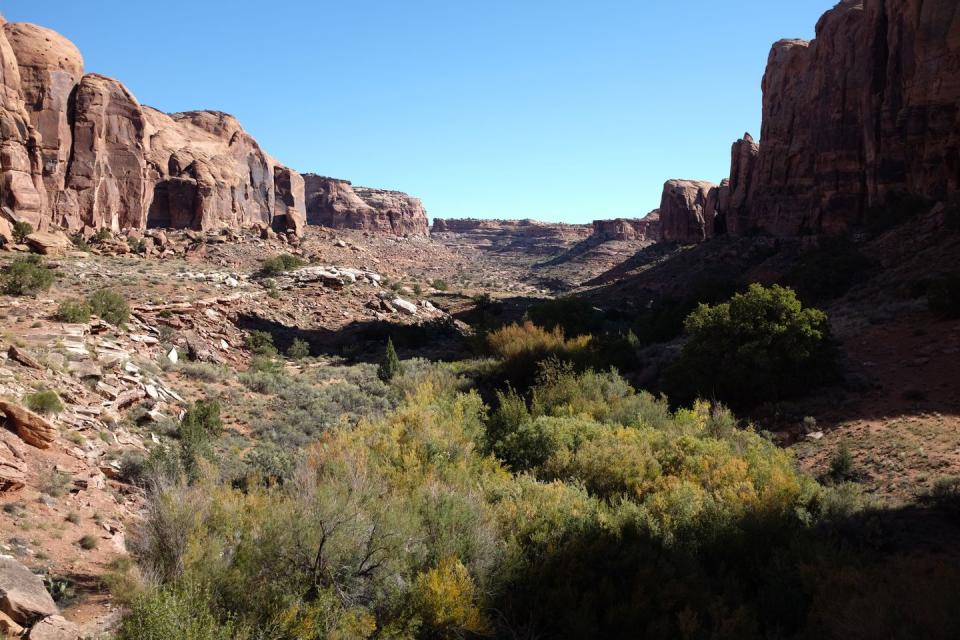The One Tool I'll Never Go Overlanding Without

Overlanding and off-roading pit man and machine against nature. Action on dirt metes out in slow, intense bursts. But if you spend enough time on the trail, eventually something will break. Then you're tasked with MacGyvering a fix, armed only with your ingenuity (and maybe a roll of duct tape). And isn't that half the point of getting your tires muddy?
But what happens when the situation goes from "oh shit" to Shit Just Got Real? When you cross that divide from mechanical exasperation to mortal peril? Well, there's a gadget for that.
Welcome to Kinardi Line, mouthpiece of the free world’s most self-loathing auto writer. Home to questionable takes, reviews, and shitbox worship.
Meet SPOT. If you've spent any time hiking in the last five years, you'll have seen one or two of these bright orange pods perched on the backpacks of fellow trail-goers. At its most basic level, SPOT is an emergency distress beacon that reaches out to rescue services via satellite. You pull back a small protective cover, press the "S.O.S." button, and SPOT takes care of the rest, notifying emergency services in your area. On its website, SPOT claims to have bailed out more than 8000 distressed parties and counting.

As it happened, I've been shopping for emergency transceivers this year, ahead of peak hiking season. (More than a car nerd, I'm an outdoorsman—climbing, hiking, fishing; I'd trade cars away for any of them.) So when SPOT's marketing team offered to let me try out a demo unit, I didn't hesitate.
They mailed me a SPOT X, the company's flagship unit. It's capable of not only sending for help, but of two-way messaging via satellite connection. This is a game changer. For any amateur adventurer who's trundled off the grid for a week and left a worried spouse behind, the ability to send an "all-clear" message back to home base is invaluable.

So I packed the SPOT X on a canyoneering and rappeling trip to beautiful Moab, Utah, keen to test out the little orange box's messaging capabilities. The trip went off splendidly. The weather in Moab toward the end of October is peerless: cobalt skies, a swaying breeze, 60 degrees. We drove into Moab, scrambled my buddy Evan's Subaru Crosstrek over rutted dirt roads, then hiked in for a pair of 10-story rappels.
Perfection.

So what about SPOT? It seems like a no-brainer, right? Well, as with any recommendation, it's a very firm "that depends." If anything, this trip convinced me not to get the SPOT X. Let me explain.
Evan and I didn't venture far into the backcountry on this trip, but I'd say we went deeper than most casual hikers ever get. Despite hiking several miles from our parking spot, which was already buried many miles deep into Moab's red-rock paradise, I had cell signal for nearly the entire trip. At one point, the hiking trail disappeared. We used Google Maps to plot a straight-line route back to the Subaru. (Ironically, this pitted us against a gnarly, exposed scramble that got my palms far sweatier than the rappelling).

 Yahoo Autos
Yahoo Autos 